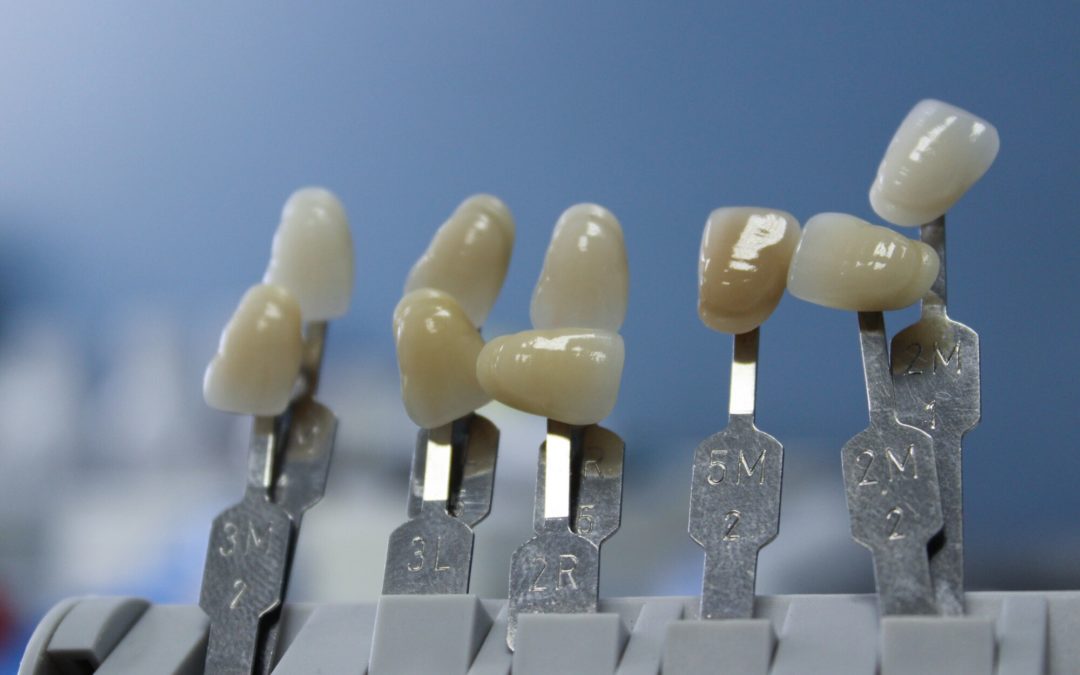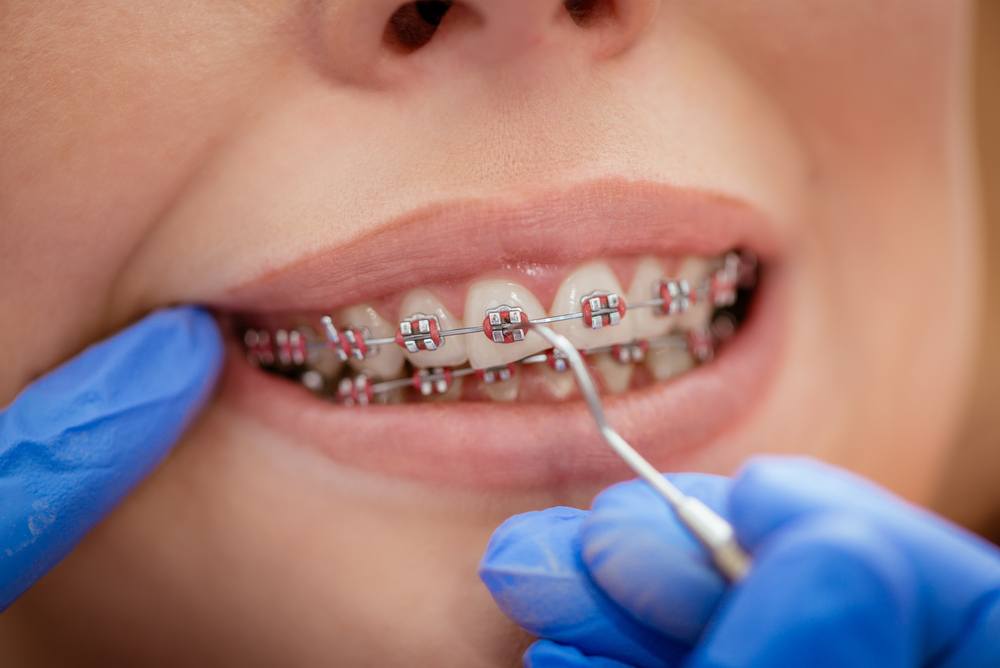Orthodontic Care: What You Need To Know
January 25, 2023
Orthodontic Care: What You Need To Know
About 80% of Canadians see the dentist regularly, and every 1 in 4 orthodontic patients turns out to be adults. You’ve chosen to take the plunge and have dental work done, but who can you entrust to offer you the smile of your dreams?
Even if it’s not the first thing on your mind when you start your day, you should consider getting orthodontic treatment in Canada. They are so intertwined that few individuals appreciate the significance of orthodontic treatments for their teeth and smiles. This article will cover the fundamentals of creating beautiful smiles and why orthodontics is important to your dental health and appearance.

Orthodontic Care: What It Is and What Does It Include?
By “orthodontics,” we mean the practice of correcting misaligned teeth. Orthodontics can address a broad range of dental problems. Though seemingly unimportant, this plays a significant role in your smile’s overall health and beauty.
Orthodontists are certified specialists in correcting bite and tooth alignment using fixed and removable dental appliances, including braces, retainers, and bands. They provide services for those with abnormal teeth. They may be:
- jaw misalignment
- crowded teeth, or teeth that are too far apart
- biting issues, such as underbite or overbite
- crooked teeth
- damaged permanent teeth
A better bite is the result of orthodontic treatments. If you have straight, regularly spaced teeth, they will fit in perfectly with their counterparts in the jaw. The ability to eat, chew and talk depends on having healthy rather than crooked teeth.
Why Adults Need It
Although it’s surprising to hear many individuals need orthodontic treatments. They may require braces to fix up their teeth a little bit. There are several reasons why we may have missed out on orthodontic treatment options as kids, even though many individuals receive them as teens.
- Personal or family religion
- Delay in receiving care due to financial constraints
- A lack of confidence in getting dental or orthodontic treatments
You shouldn’t feel guilty or unhappy when contemplating or beginning orthodontic treatment. This treatment may give you the healthy and beautiful smiles you’ve always wanted and make a big difference in your oral hygiene.

When Should You See An Orthodontic
At the age of seven, the American Association of Orthodontists recommends that you have your first checkup. When you have malocclusion, often known as misalignment in your teeth, you should make an appointment with an orthodontics clinic as soon as possible.
In addition, you would probably need permanent treatment if you have noticed that your bite patterns are uneven, if your jaw is somewhat deformed, or if your teeth are too crowded. Even when you need metal braces. Orthodontic specialists treat a wide variety of disorders and are qualified to carry out any of the operations.
What Does an Orthodontic Treatment Involve
The orthodontist does several things during a visit. To determine whether your orthodontic treatment is adequate, you must understand the many steps involved.
-
Phase 1: Examination and Consultation
The orthodontist needs a detailed image of your teeth and mouth so that they will take X-rays and photos. Furthermore, they will address any concerns you may have regarding the prognosis. It is also the time when they will start talking about possible treatments.
-
Phase 2: Assessment
Your dentist or orthodontist will evaluate the look and functionality of your mouth. The ‘overbite’ measures how much your upper teeth protrude into your lower jaw. These professionals may also identify and treat crossbites and other jaw position disorders.

-
Phase 3: Preparation and Treatment
If you need any special appliances or gadgets, your orthodontist will compile a list of them for you, as it is among the good dental practices. Furthermore, they will make replicas of the teeth to demonstrate how they will appear after the treatment. In this manner, you won’t have to second-guess your choice.
Your orthodontist will decide which course of treatment is ideal for your situation. Brackets or Invisalign are two examples. Expanders, retainers, clear aligners, and dental appliances, are just some of the many options available. They’ll go through the time needed for therapy and the associated expenditures.
-
Phase 4: Maintenance
After completing your orthodontic treatment, your orthodontist will likely suggest that you schedule periodic examinations, cleanings, and other preventative dental care services. Upkeep should be a high priority.
Your outcomes from having corrective devices installed on your teeth will improve with regular care, so if you need assistance, don’t be shy about asking for it
-
Phase 5: Follow Up
After the treatment, you will have a follow-up consultation with your orthodontist to confirm your satisfaction. Any problems or difficulties that have arisen will be discussed, as will any adjustments that need to be made.
Your orthodontist may recommend using braces and other removable appliances, including retainers, palatal implants, and aligners.
Important FAQs Regarding Orthodontic Treatment
Can a General Dentist Perform Orthodontic Treatment?
Not at all; only a trained orthodontist should attempt to straighten teeth. Dentists, sometimes known as dental surgeons or stomatologists, diagnose and treat patients with oral health issues. To put it simply, orthodontists are medical doctors who focus on correcting dental and facial irregularities.
How Long Does Orthodontic Treatment Lasts?
The speed with which your teeth move, and the nature of your condition, are both important factors to consider. Some patients’ teeth move extremely slowly, while the displacement is typical in others. One year is typical for braces & Invisalign. However, it might take as long as three in extreme circumstances.
What Do I Need to Start My Orthodontic Treatment?
Preliminary examinations, including panoramic and side x-rays, are part of the cephalometric method. Pictures of your face, smile, and teeth would also be required. At the same time as they are straightening your teeth, your orthodontist would clean them and check the state of your jaw to see if any cavities need to be treated.
/assets/production/practices/332dcdf7c047f95e07aaca14793c7ac17d349b22/images/2529424.png)
The Bottom Line: It’s Time to Get in Touch With a Professional in Creating Beautiful Smiles
Patients can easily contact us at Glow Orthodontics via several different channels, including phone calls and online messages. Thanks to their certified specialists, they are known for their good dental practices. You can be certain that you’ll have a pleasant time at the dentist’s thanks to the dentists’ extensive training, years of expertise, and sensitivity to patients’ fears.